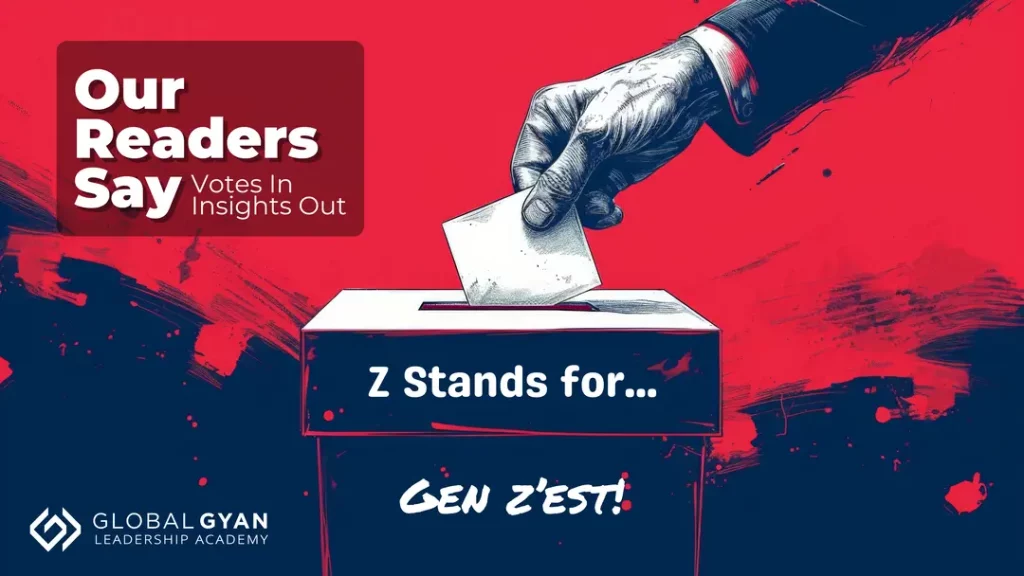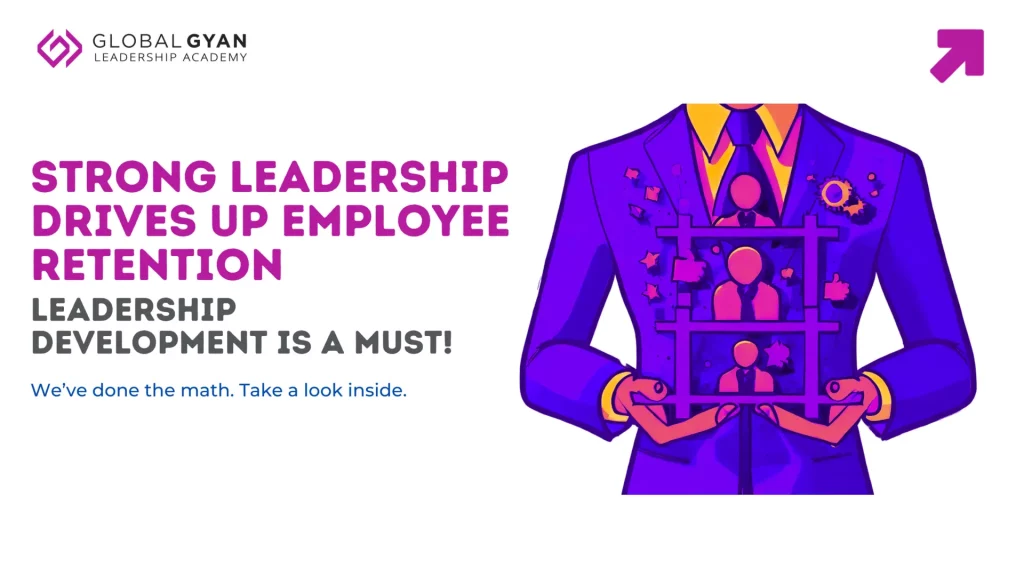3 Effective Ways To Build a Strong Team Collaboration


If you’re a team lead, collaboration in the workplace is an important part of your job. However, this can also be one of the greatest challenges for you, to get people to work together. Undoubtedly, collaboration is essential for success in today’s organization. It is one of the secrets to a more productive and effective work environment, but that doesn’t mean it comes easily. However, collaboration in the workspace takes more than just good intentions and a desire to work together, it takes a plan and a structure.
In this article we will cover:
Collaboration can be tricky, but it is possible
Collaboration in the workplace can be tricky for managers and leaders, but it is possible. The key is to be clear on your goals & expectations and to understand the strengths and weaknesses of your team members. If you have a diverse team with different skill sets, you can use this to your advantage.
For example, if you have a member who has strong communication skills but lacks technical expertise, assign them tasks that will require communication over technical skills. This way they can focus on their strengths while still contributing to the project as a whole.
1. Establish Goals, Roles, and Responsibilities upfront
A collaborative culture is difficult to achieve if you don’t have a clear plan for what the team needs to accomplish and how each member will contribute. When you’re putting together a team for your project, it’s important to set clear roles, goals, and responsibilities upfront. Present a clear purpose as opposed to fuzzy goals. This will allow everyone to know what they need to do and how they can contribute to the project’s success. Clarity of purpose and responsibility is the starting point of any collaborative effort.
2. Align the Team
Your team is the backbone of your business. Without it, you’ll have no one to do the work that needs to be done.
That’s why it’s so important to make sure they’re aligned with your company’s goals and values. If an employee feels disconnected from their work or the company as a whole, they’ll be less motivated and less likely to succeed. Here is how you can align your team effectively:
- Give clarity on the project nuances and how it will help achieve the business objectives
- Let them know what level of involvement is needed from each person in order for the project as a whole to succeed which will help ease any concerns about meeting deadlines or expectations for quality work
- Identify tools, resources, and support, required by the team to achieve the shared goals
- Discuss possible challenges and how can they be addressed
- Clear channels of communication for regular co-ordination
- State and reinforce interdependencies, individual and team responsibilities, and timelines to ensure that everyone is clear on their contribution and commitment toward the goals.
3. Evaluate, Plan, and Act (EPPA)
If you want effective collaboration at workplace, there are three key things you need to do. Put a structure in place for evaluation, planning, and action (EPPA). A structured approach makes decisions easier to make because everyone knows how they’re supposed to participate and contribute.
Create a collaborative environment: Establish an open-door policy where anyone can ask questions or make suggestions at any time without fear of being judged negatively by other members of the team; it also means being aware when someone needs help so that they can get it quickly and easily without having to go through too much red tape just because they didn’t know who else would be able to provide assistance without undue delay.
Have regular meetings: This will aid in making sure team members can share ideas and feedback freely. If someone doesn’t feel comfortable speaking up in meetings, they won’t share their ideas or concerns with others until it becomes a bigger problem that needs immediate attention.
Discourage Egos and Address Conflict early on: If there are any visible ego issues between team members or brewing conflicts, address the issues early on. Share feedback on a one-on-one basis, and discuss in open as appropriate, but make sure the team’s momentum and balance are retained and all stakeholders continue to thrive in a healthy work environment where everyone is respected and valued.
Last thoughts
Collaboration is not one time!
It is an active and ongoing occurrence for a team. Effective collaboration at workplace is about working together to achieve a goal. It requires a number of different skill sets, from communication and negotiation to building trust and understanding between your team members on an ongoing basis. When done correctly, it can bring together a group of people with diverse skills, experiences, and perspectives to solve problems and achieve goals that no individual could achieve alone. The key challenge for you is to make sure collaboration at the workplace happens at all levels of your organization—from frontline employees to senior leadership. The totally synchronized mindset and effort yield a force multiplier effect that takes your movement or project outcomes to the next level.
Hopefully, the suggestions we shared here will help you develop a culture of collaboration that permeates your entire organization. Leaders who work towards fostering a sense of effective collaboration at workplace always have the unmatched advantage of building better relationships and delivering great performances. No matter what type of organization you work for, a little collaboration can go a long way.







